Disclaimer: Our editors have used AI to create or enhance parts of this article and some images. All content has been fact-checked by our team to ensure accuracy.
Want to grow soybeans successfully?
You’re in the right place!
Check out these 9 simple tactics to grow healthy soybeans. From planting tips to harvest tricks, we’ve got you covered.
Ready to grow like a pro?
Let’s get started!
Pick the Right Variety

First things first, you gotta pick the right kind of soybeans. Different varieties are suited for different climates and soil types.
Check with your local extension office or seed supplier to see what types do best in your area. Opting for a disease-resistant variety can save you a lot of trouble down the road.
Prepare Your Soil
Your soil needs some love before planting. Make sure it’s well-drained and has good fertility.
Test the soil for pH level and nutrients. Soybeans like a pH between 6.0 and 7.5.
If needed, amend the soil with lime or fertilizers to get it into that sweet spot. A little TLC goes a long way!
Sow at the Right Time
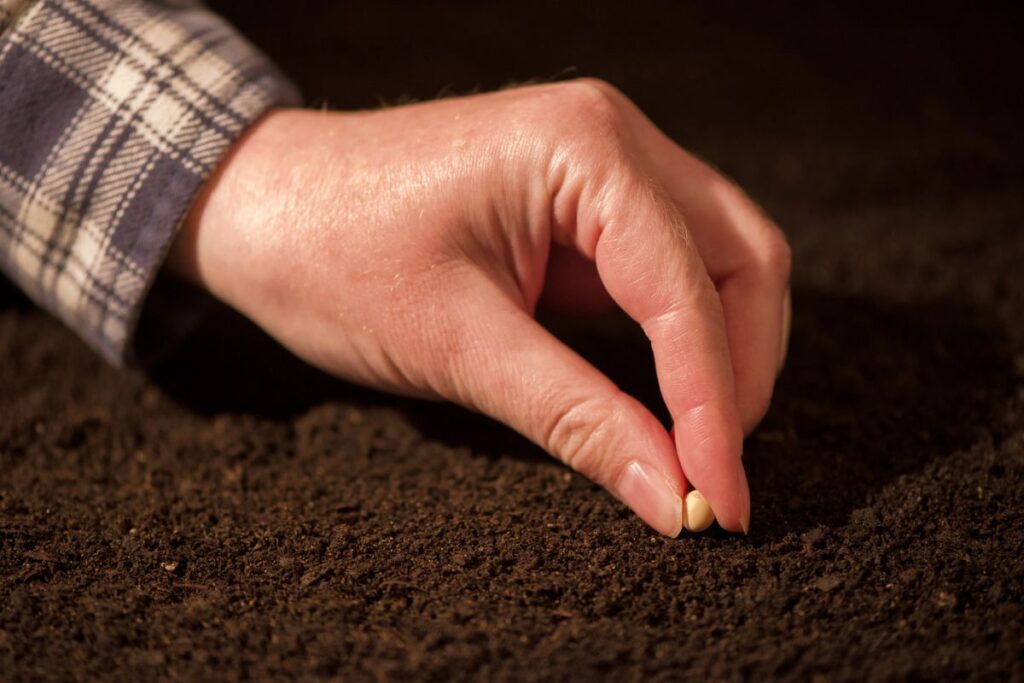
Timing is everything when it comes to planting soybeans. The best time to plant is when the soil temperature is at least 55°F.
This typically happens in late spring, depending on your location. Planting too early can lead to poor germination, while planting too late might shorten your growing season.
Keep an eye on the weather forecast and the soil temp.
Use Proper Spacing
When planting, give your soybeans some room to grow. Plant them about 1-1.5 inches deep and space them around 1-2 inches apart.
If you’re using rows, keep them about 30 inches apart. Proper spacing ensures adequate air circulation and helps prevent diseases.
Plus, it makes your field look nice and neat!
Practice Crop Rotation
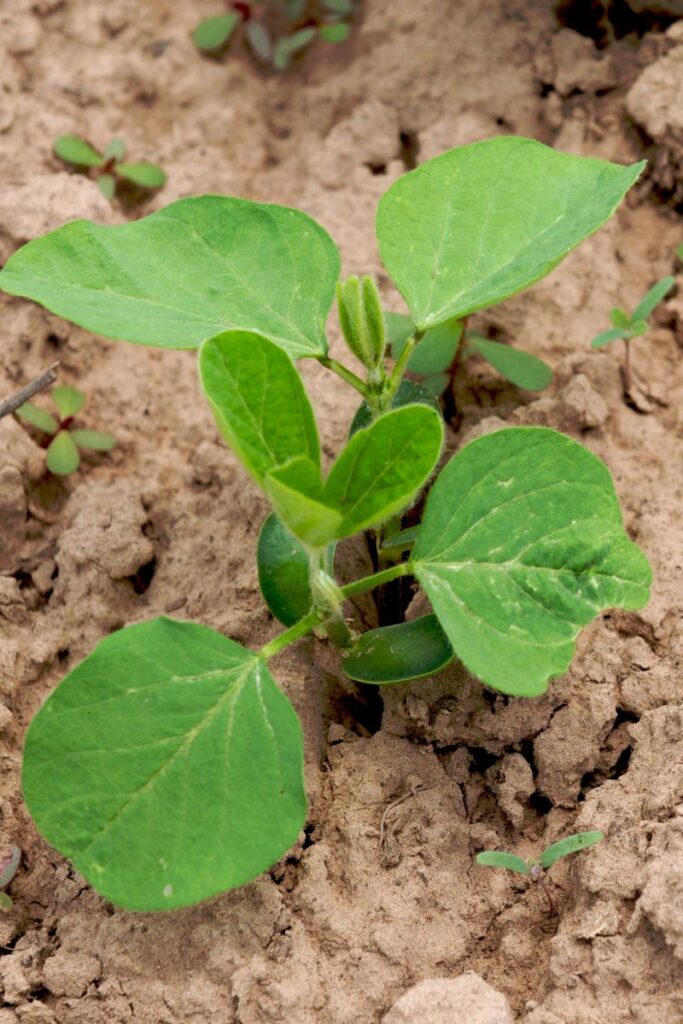
Don’t plant soybeans in the same spot year after year. Rotate your crops to keep the soil healthy and reduce the risk of pests and diseases.
A common rotation is soybeans followed by corn or wheat. This helps break up pest and disease cycles, giving your soybeans a better chance to thrive.
Water Wisely
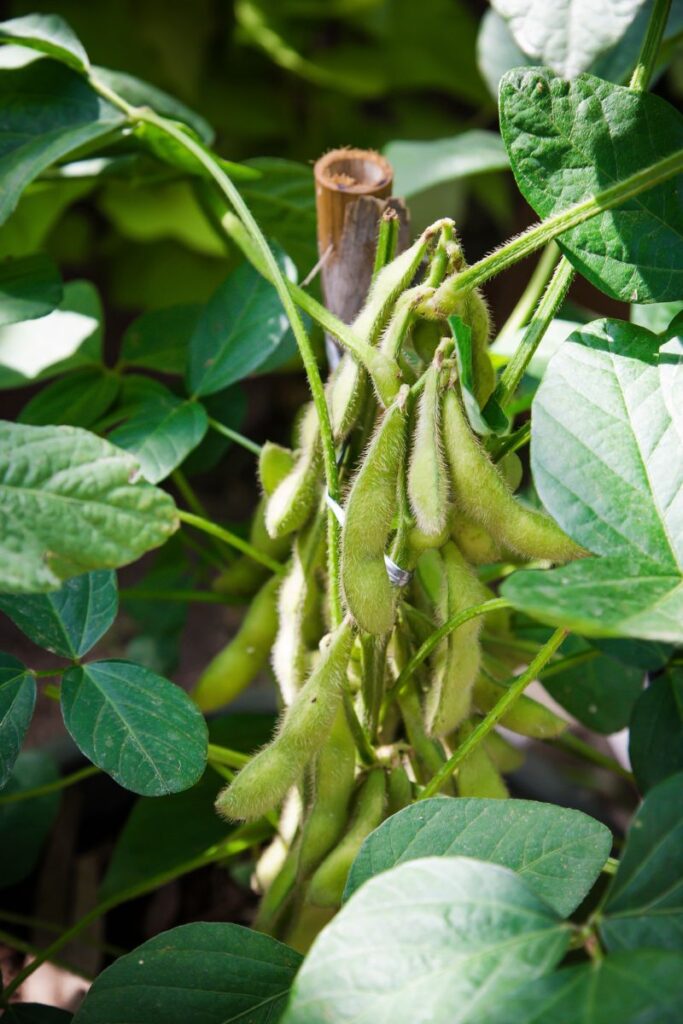
Soybeans need water, but don’t drown them. They typically require about 1 inch of water per week, depending on weather conditions.
Drip irrigation is ideal, but if you’re relying on rainfall, just keep an eye on the moisture levels. Over-watering can lead to root rot, so keep it balanced.
Control Weeds
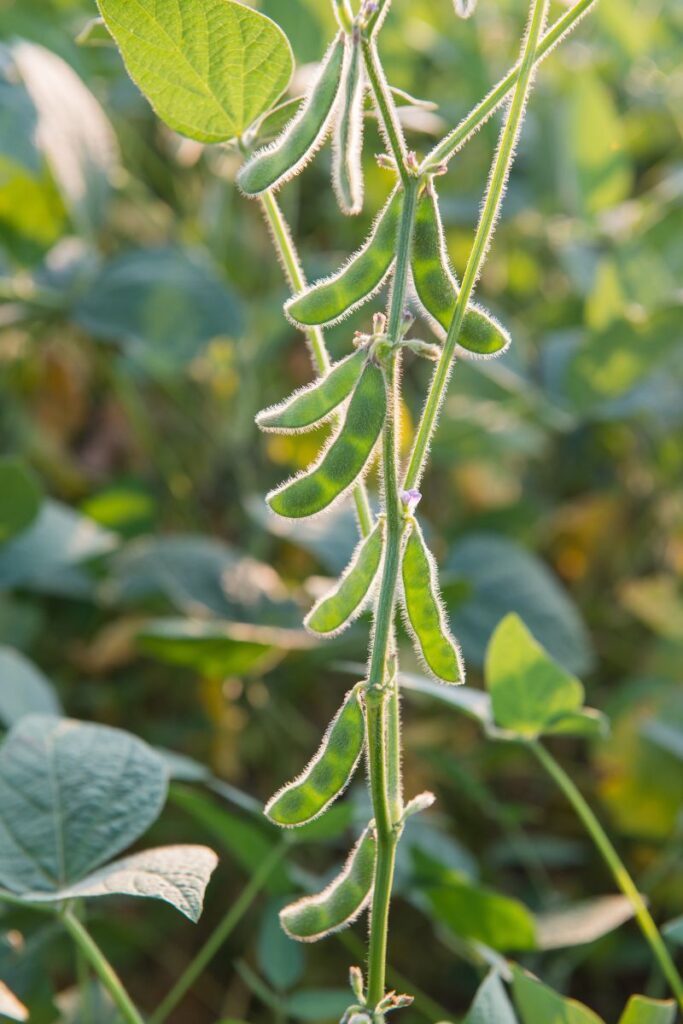
Weeds are the arch-enemies of soybeans. They compete for nutrients, water, and light.
Stay on top of them by using pre-emergence and post-emergence herbicides as needed. You can also go old school and hand-pick the weeds if your field isn’t too large.
Mulching can also help keep those pesky weeds at bay.
Monitor for Pests and Diseases
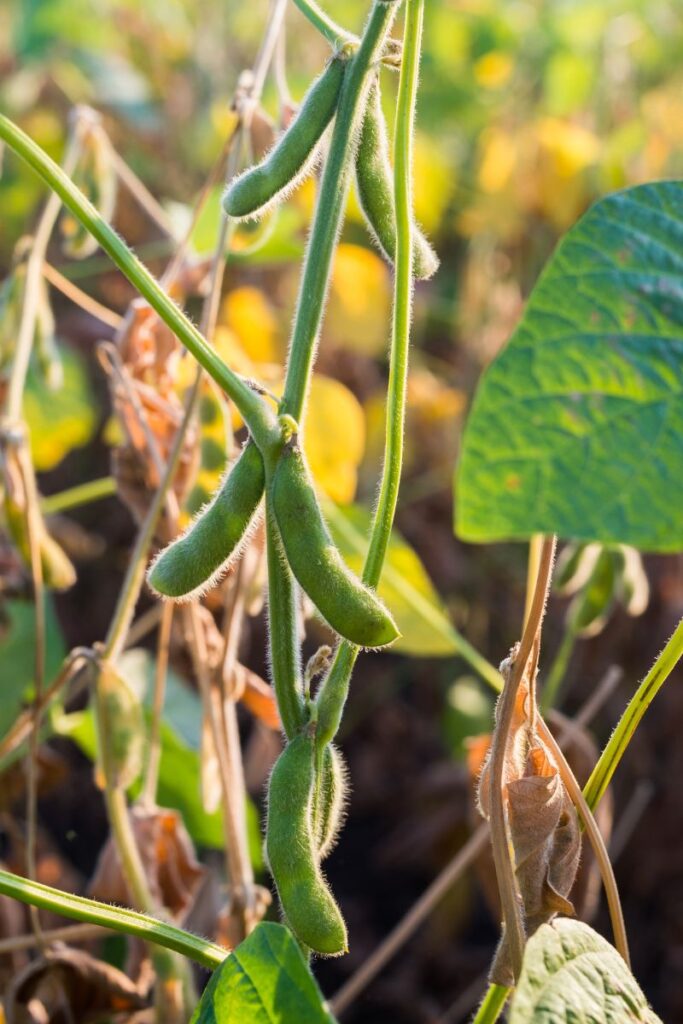
Keep an eye out for common soybean pests like aphids and diseases like soybean rust. Regularly scout your fields and take action at the first sign of trouble.
Biological controls, chemical pesticides, and good old crop rotation are your best defenses. Healthy plants are less likely to get sick, so keep them well-nourished!
Harvest at the Right Time

Finally, be patient and harvest your soybeans at the right time. The pods should be firm, and the beans inside should be hard when bitten.
Usually, this is around 45-65 days after flowering. Use a combine harvester for larger fields.
Harvesting at the right time ensures you get the best quality beans and the highest yield possible.